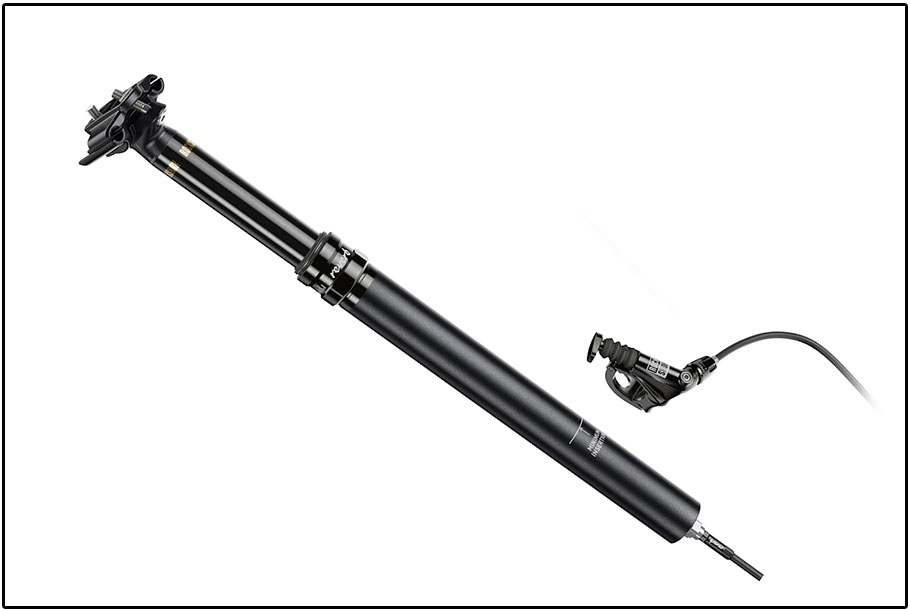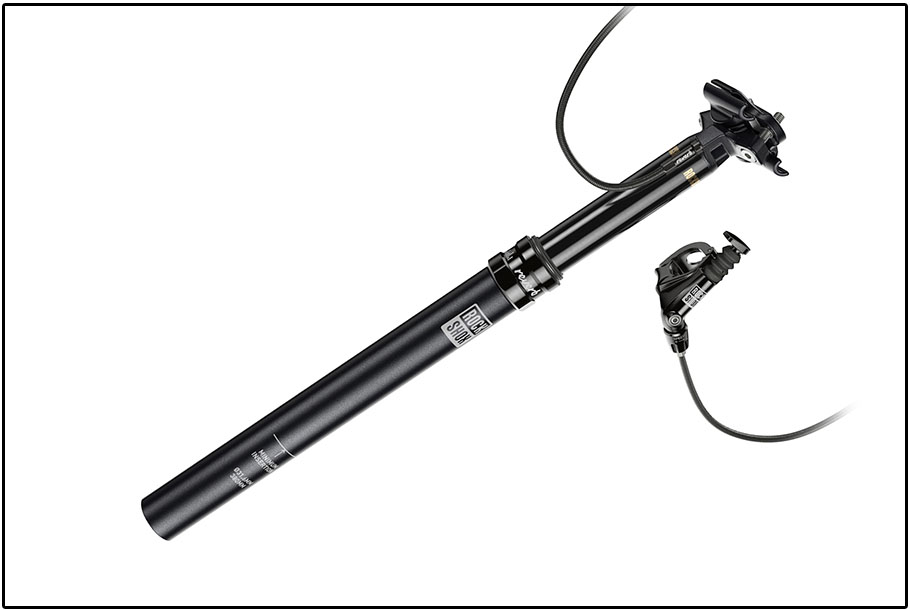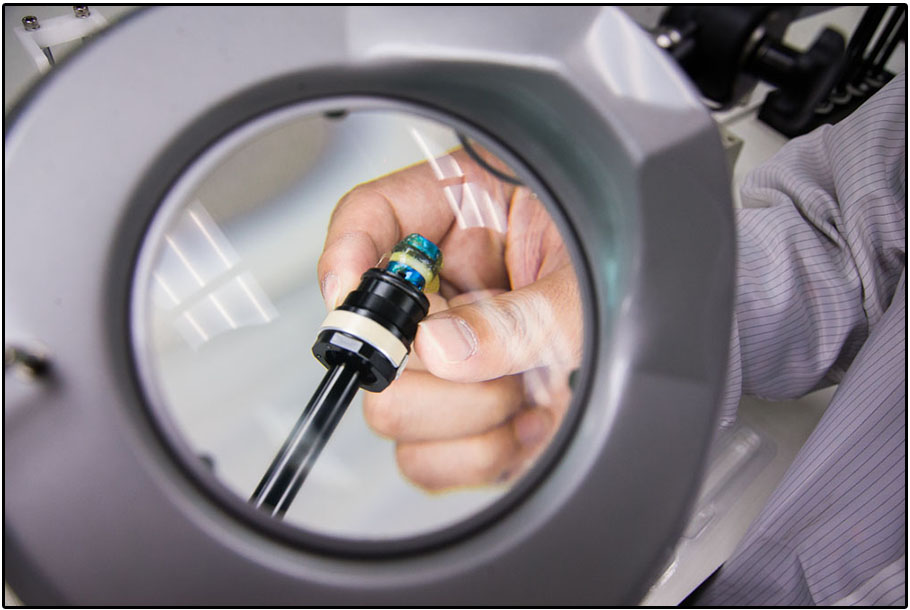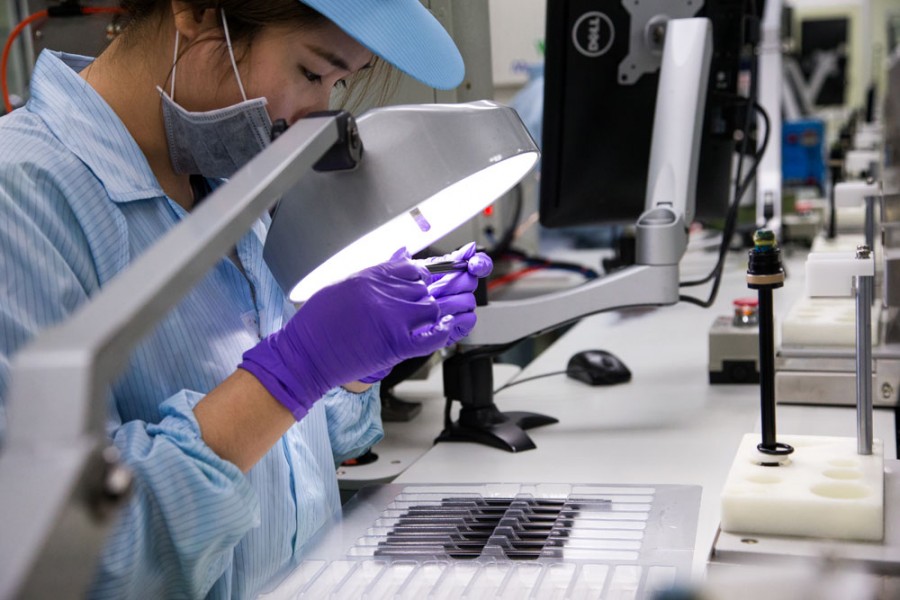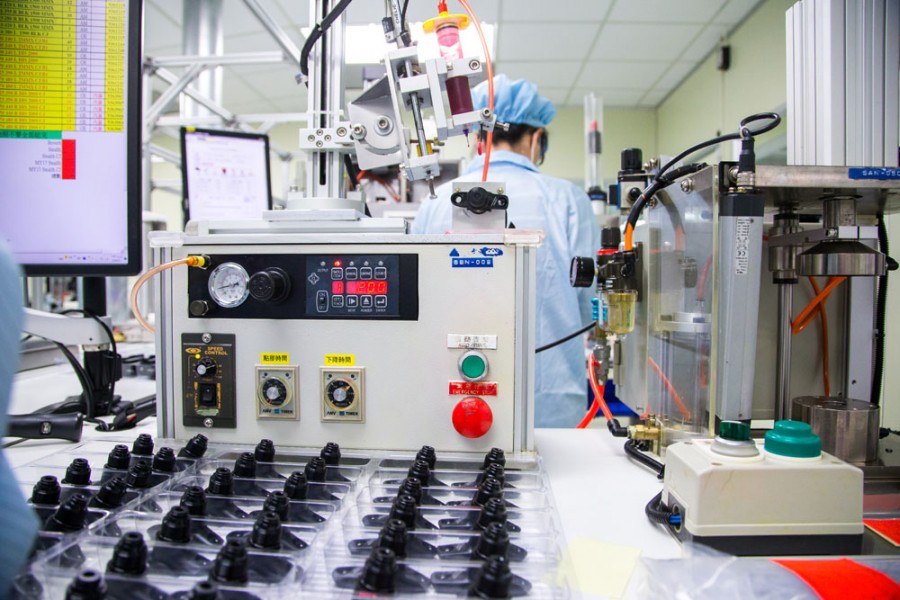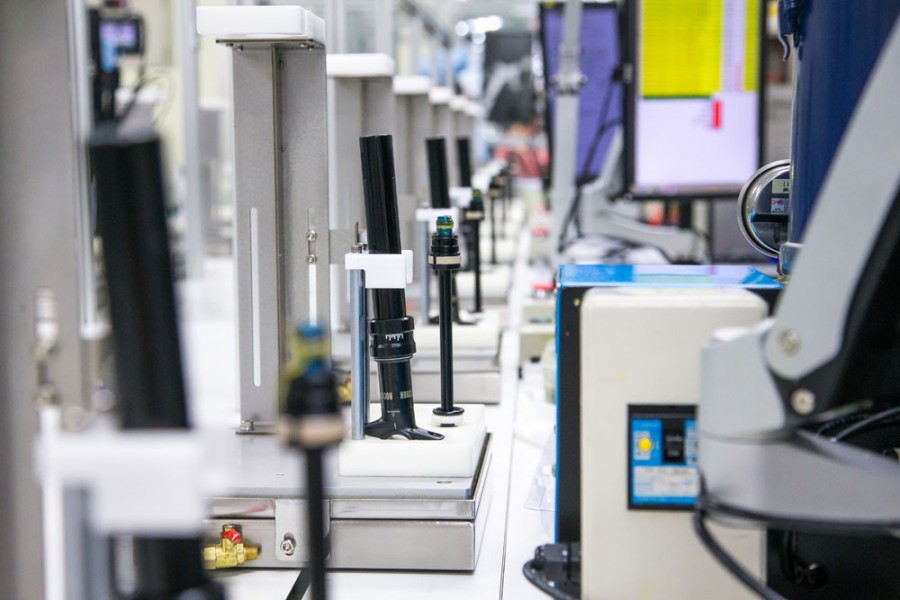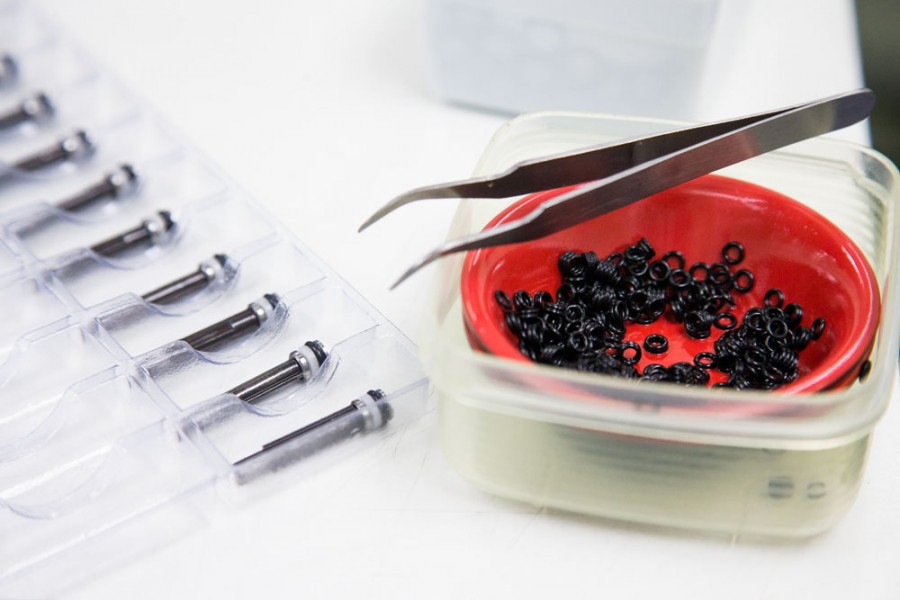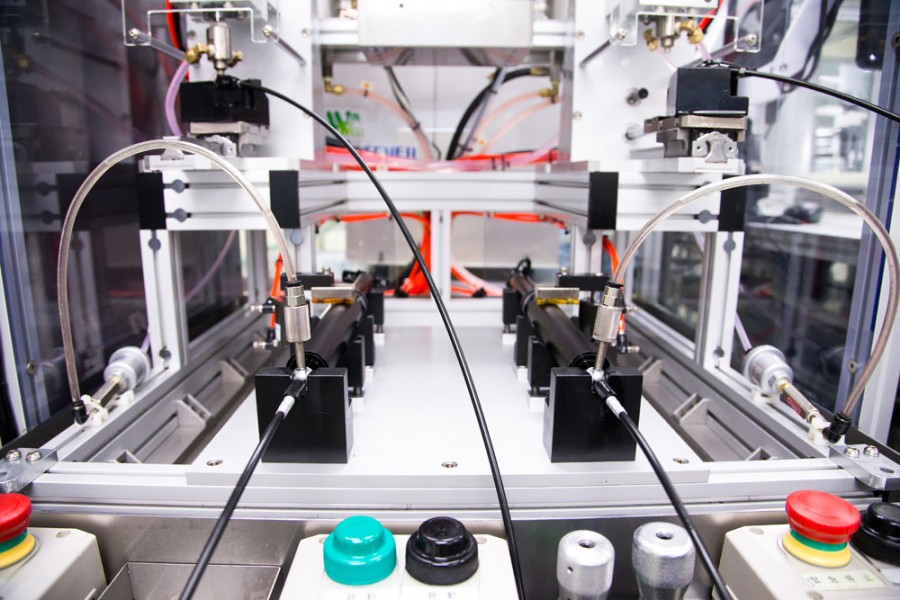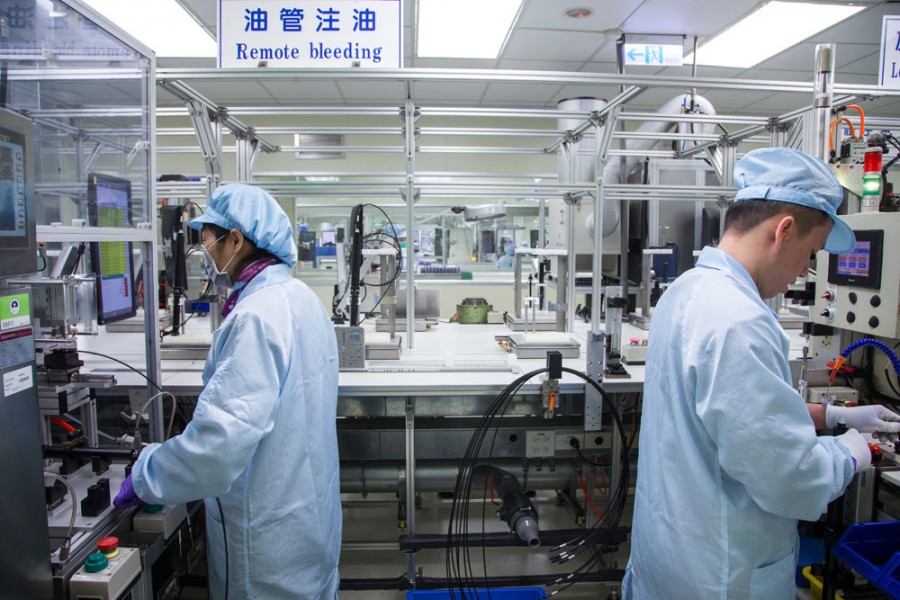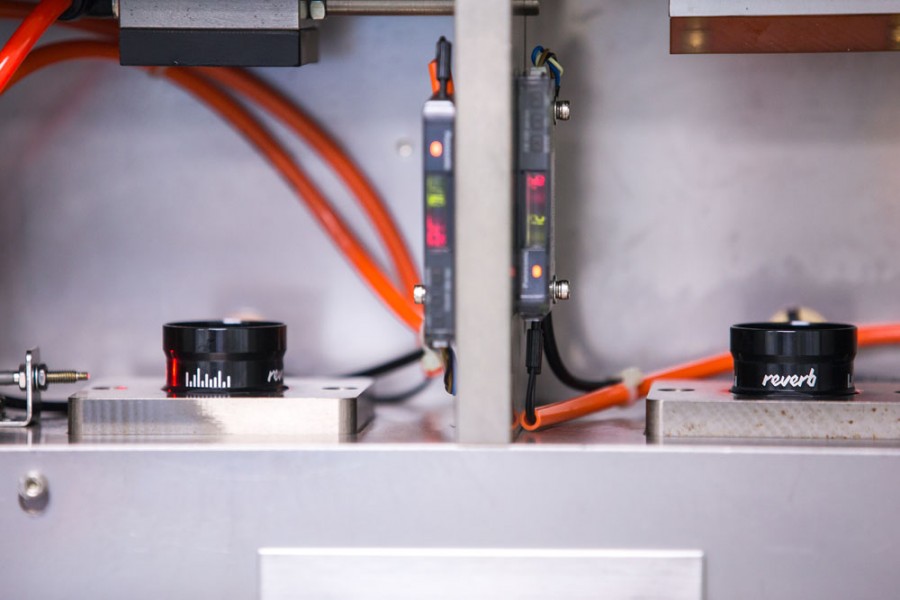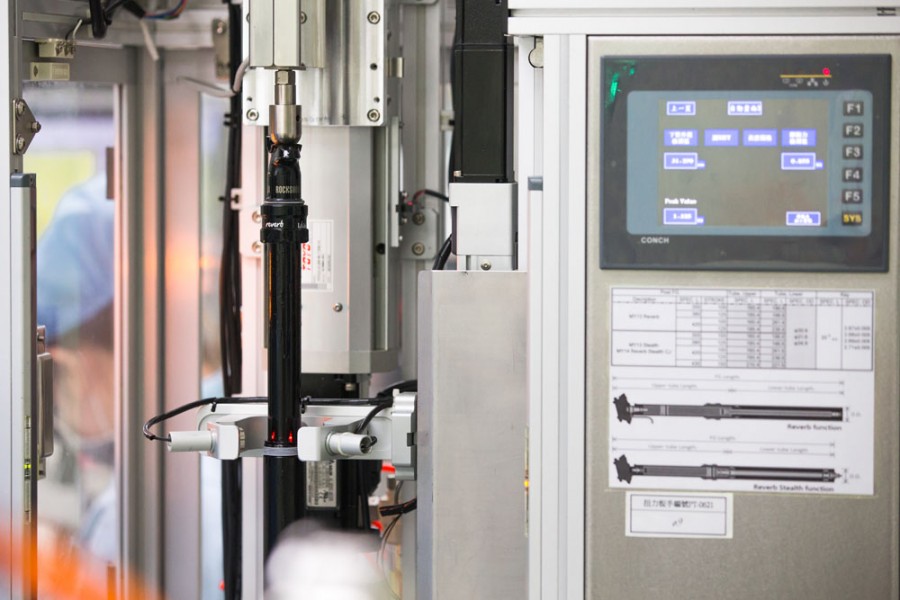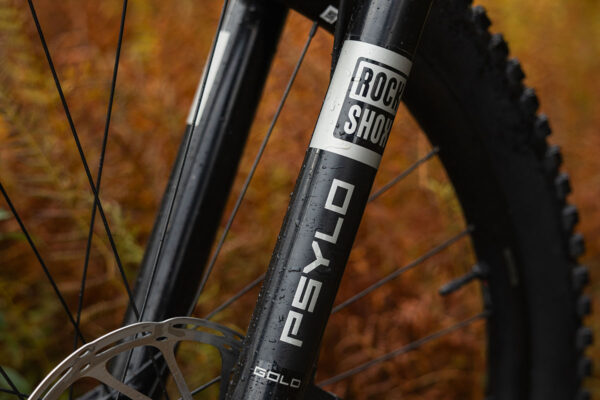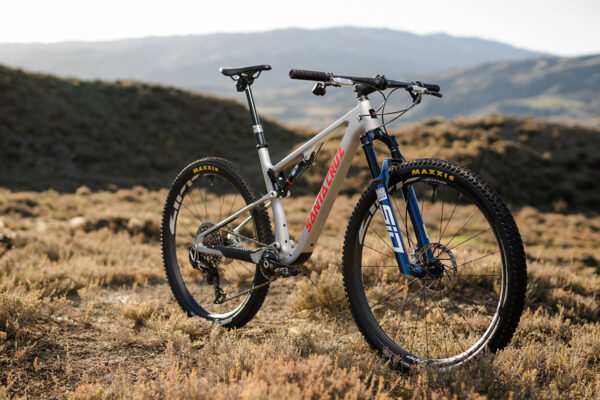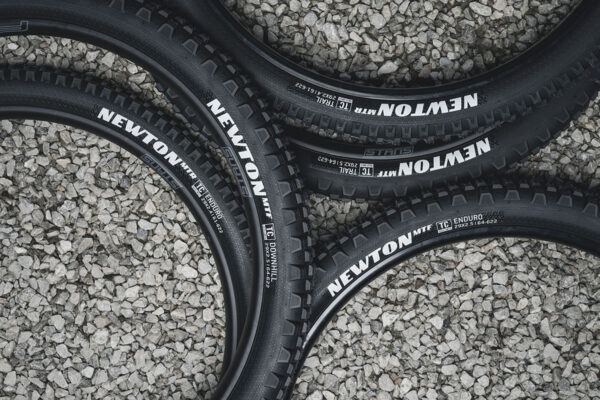Vernieuwde Reverb en Reverb Stealth
“Don’t let its familiar good looks fool you— Reverb is a whole new weapon.” Aldus het persbericht van RockShox. De Reverb dropperpost is al sinds 2010 op de markt en je ziet ze dan ook vaak. Dat het niet bepaald een onverdeeld succes was zal menigeen ook wel weten. De hydraulisch bediende Reverb is voor sommigen leidend en lijdend voorwerp van een haat-liefde verhouding. Het concept van de dropperpost is vandaag de dag niet meer weg te denken en toch is het voor velen nog vaak een bron van ergernis. Sommigen rijden seizoenen achter elkaar met een werkende Reverb zonder ook maar enige vorm van onderhoud, terwijl anderen een even zo sterke haat-liefde verhouding hebben gekregen met de pakketbezorgers om de Reverb op te sturen voor onderhoud of garantie. Daarnaast zijn de prestaties van de Reverb bij lage temperaturen duidelijk minder verfijnd. Seals geven veel wrijving en de post werkt merkbaar trager.
Dat moest anders en dus tijd voor een grondige update… aan de binnenkant! Alle afdichtingen en andere kleine details zijn opnieuw tegen het licht gehouden en geoptimaliseerd. De nieuwe interne zuiger maakt gebruik van SKF technologie en zou de olie en luchtdruk beter gescheiden moeten houden. Daarmee zou de kleine, maar hinderlijke vrije slag die sommige Reverb’s vrij snel krijgen wanneer je plaats neemt op je zadel, verholpen moeten zijn. De afstand tussen de glijbussen is ook vergroot. Dit, samen met de betere afdichtingen zou minder wrijving en méér duurzaamheid geven. Een grote onderhoudsbeurt is nog steeds nodig, maar je zou minstens 3x langer moeten kunnen rijden tussen deze onderhoudsbeurten in.
De buitenzijde is – op een extra logootje na – onveranderd en dat geldt ook voor het geclaimde gewicht van 560 gram (30.9 mm pen, 340 mm lang met 100 mm verstelweg, remote shifter en 1300 mm leiding). Wat wel verandert is het aanbod: De vernieuwde Reverb Stealth zal vanaf deze update ook verkrijgbaar zijn met een verstellengte van maar liefst 170 mm.
Wat het persbericht verder niet expliciet vermeldt maar wat uit de specificaties wel blijkt, is dat de 150 mm variant van de extern bekabelde Reverb is komen te vervallen. Heb je dus geen mogelijkheid om de bedieningsleiding door het frame te leggen, dan ben je met de nieuwe Reverb gebonden aan 100 of 125 mm verstelweg.
Specificaties
Reverb
- Lengte: 340 x 100 mm, 390 mm x 125 mm (lengte x verstelweg)
- Diameters: 30.9 mm, 31.6 mm, 34.9 mm
- Gewicht: 520 gram (340 x 100 mm lengte, 30.9 mm diameter, remote shifter, hardware en 1300 leiding)
- Remote opties: Regelbare snelheid, montage met Avid/SRAM remgreep via Match Maker X of ‘stand alone’ montage
- Prijs: €436
Reverb Stealth
- Lengte: 340 x 100 mm, 390 x 125 mm, 400 x 150 mm, 480 x 170 mm (lengte x verstelweg)
- Diameters: 30.9 mm, 31.6 mm, 34.9 mm
- Gewicht: 560 gram (340 x 100 mm lengte, 30.9 mm diameter, remote shifter, hardware en 1300 leiding)
- Remote opties: Regelbare snelheid, montage met Avid/SRAM remgreep via Match Maker X of ‘stand alone’ montage
- Prijs: €514
De vernieuwde Reverb en Reverb Stealth zullen in alle uitvoeringen in de periode maart-juni verkrijgbaar worden.
Bron: www.sram.com
Update ten aanzien van retrofitten van ‘oude’ Reverb
Ze melden ons dat de Internal Floating Piston (IFP), die de olie en lucht van elkaar scheidt, inderdaad toe te passen is in de oude Reverb. Dit onderdeel zal dan ook los verkrijgbaar zijn. Met deze upgrade kun je dus ook voorkomen dat bij je oude Reverb lucht bij de olie komt, waardoor de pen net iets inzakt wanneer je op je zadel gaat zitten.
“A trip down the RockShox Reverb’s clean room assembly line”
Bij het persbericht stuurde SRAM/RockShox een verhaal over de productie van de Reverb post, waarbij ze kort terugblikken naar de eerste échte dropperpost (ere wie ere, etc…) en geven een blik in hun clean room assemblage.







